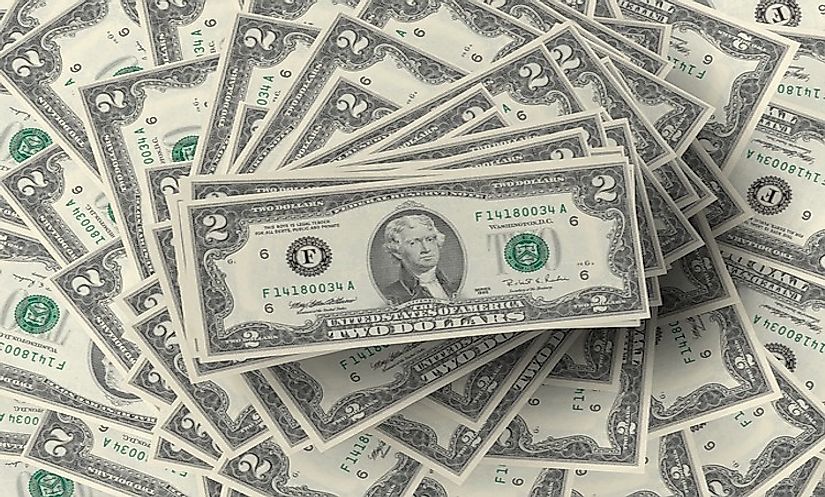What Is A Reserve Currency?

Reserve currency refers to the currency that is held in significant quantities by governments and institutions as reserves for foreign exchange or to settle international debt obligations. A country may hold reserves in money market instruments, bonds, or gold. A country whose currency is widely used a reserve gains reserve currency status.
History Of A Reserve Currency
In ancient times, a reserve currency referred to a currency that was in extensive circulation outside the issuing state’s borders. Medieval records identify the silver drachma used in Athens as the first dominant currency which was succeeded by the gold aureus and silver denarius used in Rome. Athenian and Romanian currencies enjoyed dominance until the sixth century when the gold solidus coin issued by the Byzantine Empire took over. The Arabian dinar made a debut in the 7th century until the 10th century. From the 13th century to the 15th century, the Fiorino, issued by Florence gained prominence until it was overthrown by the Ducato used in Venice. Starting the 19th century, treasuries and national central banks embraced gold as reserves. The British Pound Sterling, by the end of the 19th century, had been in circulation outside the borders of the UK in considerable quantities. This situation coincided with the country’s emergence as a leader in international trade and finance. The US dollar replaced the sterling in 1945 as the world’s reserve currency.
Importance Of Reserve Currency
A country’s central bank will primarily hold reserve currency to support a country’s exchange rate policy and for safety. When a country’s currency is undervalued or overvalued, the central bank uses reserves to tilt the rates back to the target exchange rate. Substantial reserve currency cushions a country against a balance of payment crisis. A falling exchange rate in a country means that imports will be expensive and it will thus affect international trade.
Major Reserve Currencies
The US Dollar is the primary currency held as foreign reserves, preferred because of its stability. The large US economy also has many dollar-denominated securities. The market for such assets as the United States Treasury securities is both deep and liquid. Countries find the US dollar desirable since it is traded in large amounts on a daily basis and it is, therefore, easy to find buyers. The Euro comes in second, and it is especially popular with countries in the Eurozone. The currency has a wide circulation, and its markets are therefore liquid and deep. Reserves held in the Euro have been increasing in recent years. The Pound Sterling ranks as the next major reserve currency. Its dominance was hampered by economic failures in the UK in the last half of the 20th century. It has however been regaining its lost glory. The Japanese Yen, Swiss franc, Canadian dollar, and Chinese Yuan are other currencies held as reserves.
Countries With The Biggest Reserves
Nations across the world bulk up on reserve currency as a shock absorber against economic crisis. China has the largest reserves at $3,520.4 trillion followed by Japan at $1.321 trillion. In Europe, Switzerland boasts the largest reserves at $661 billion. Saudi Arabia has $580.7 billion while the Russia Federation has $407.3 billion. The Asia states of Hong Kong, Republic of Korea, and India have $380.3, $372.6, and $366.2 billion dollars respectively. Brazil has the biggest reserves in South America at $362.2 billion.











